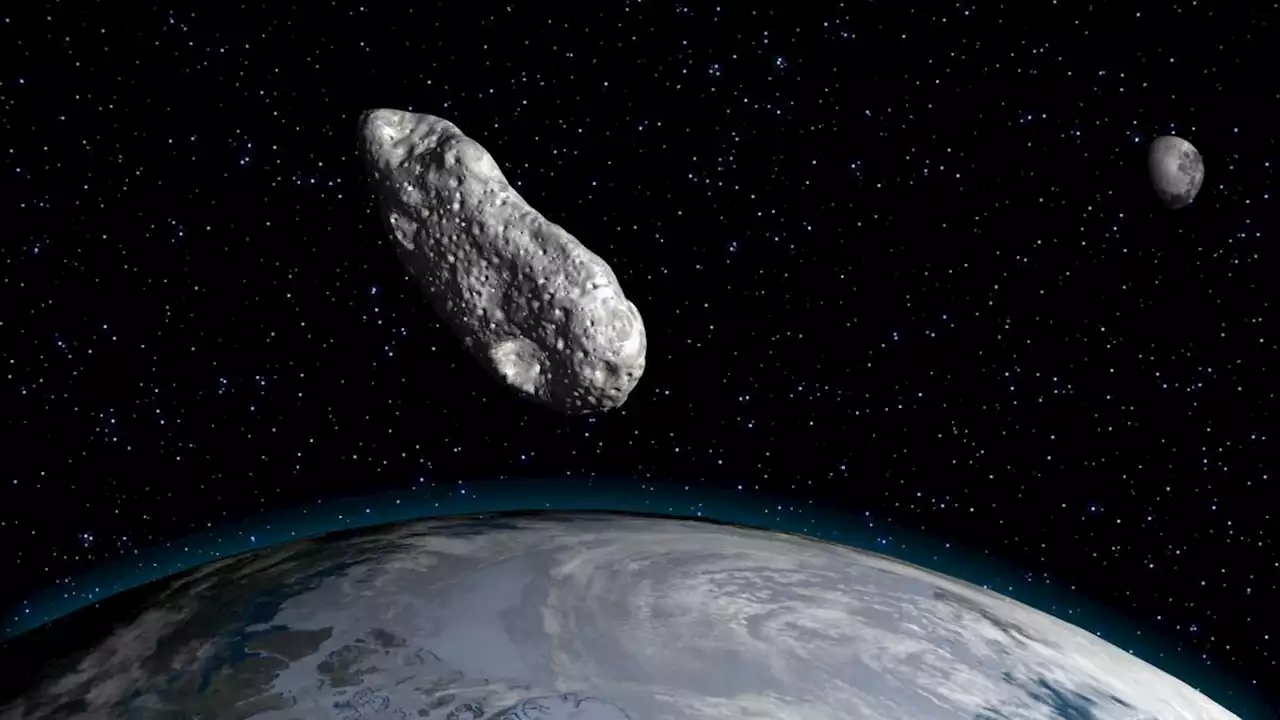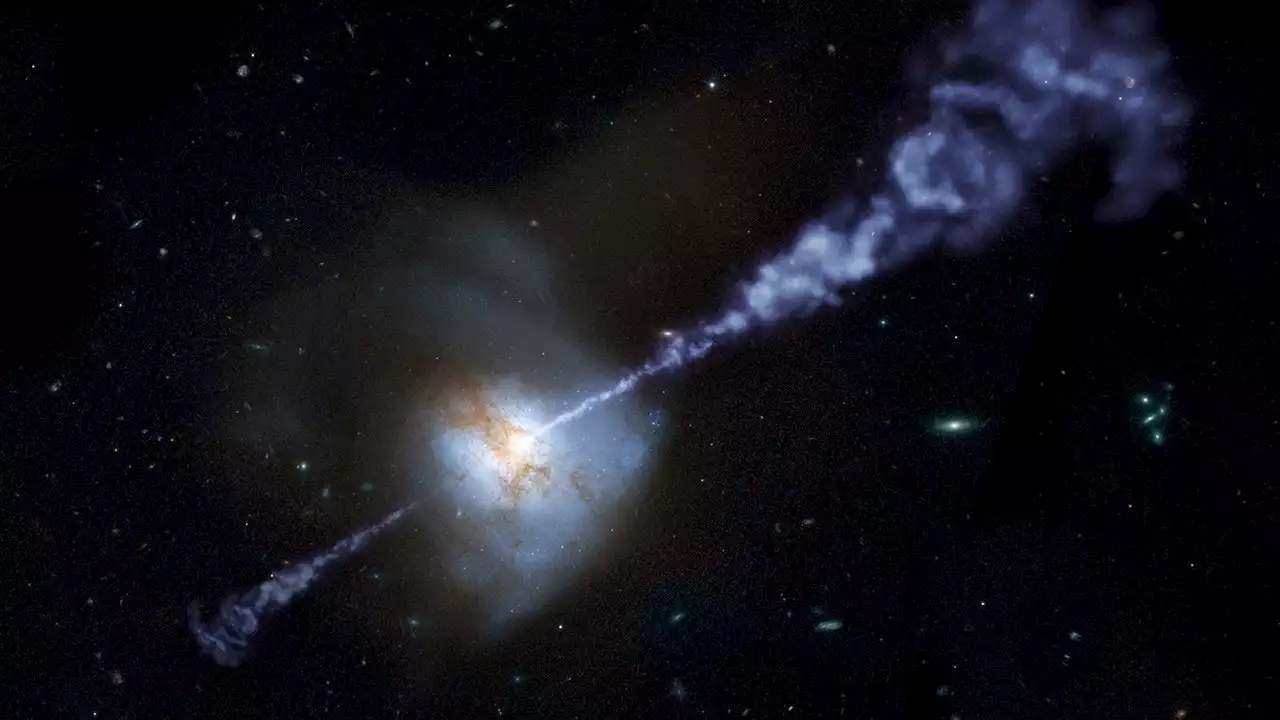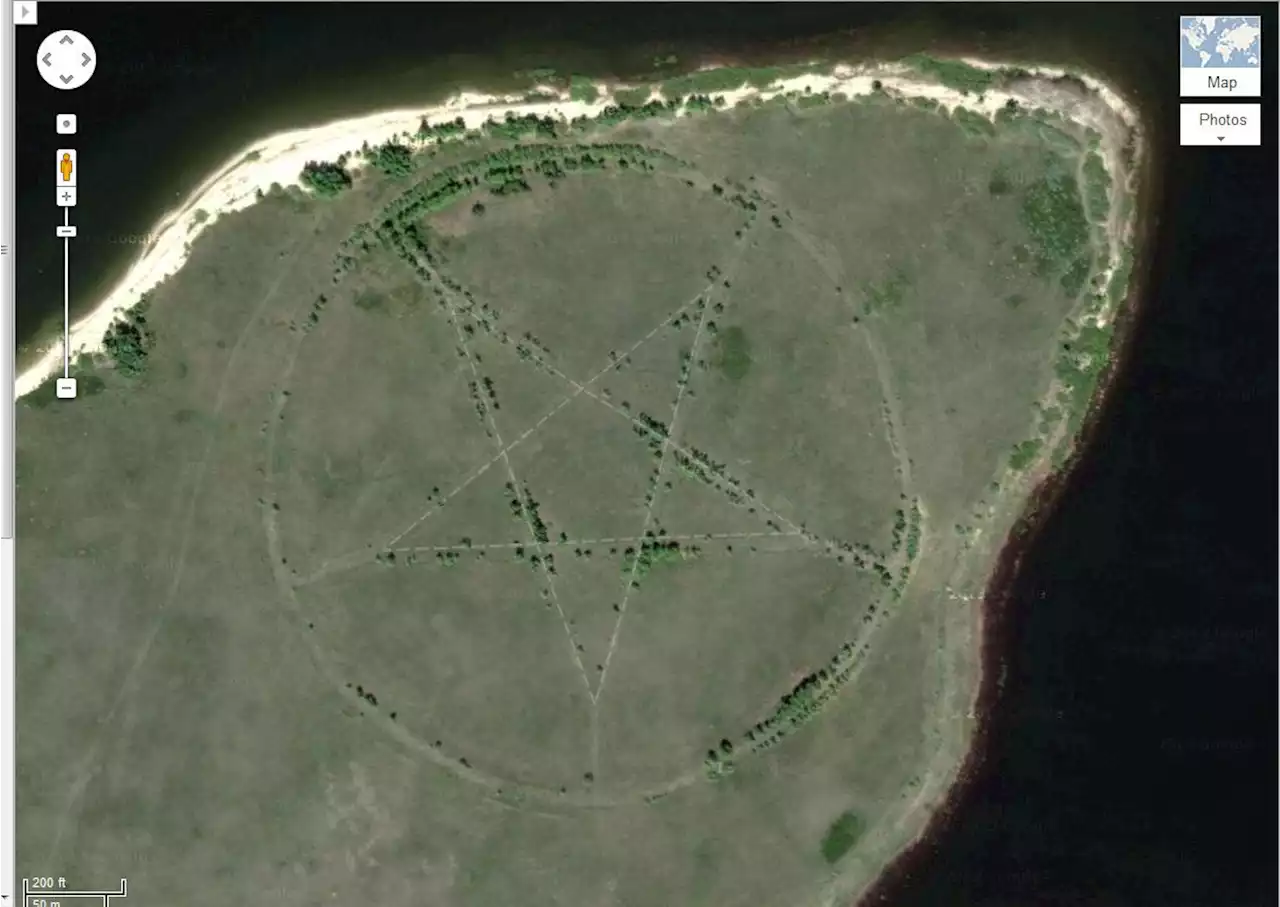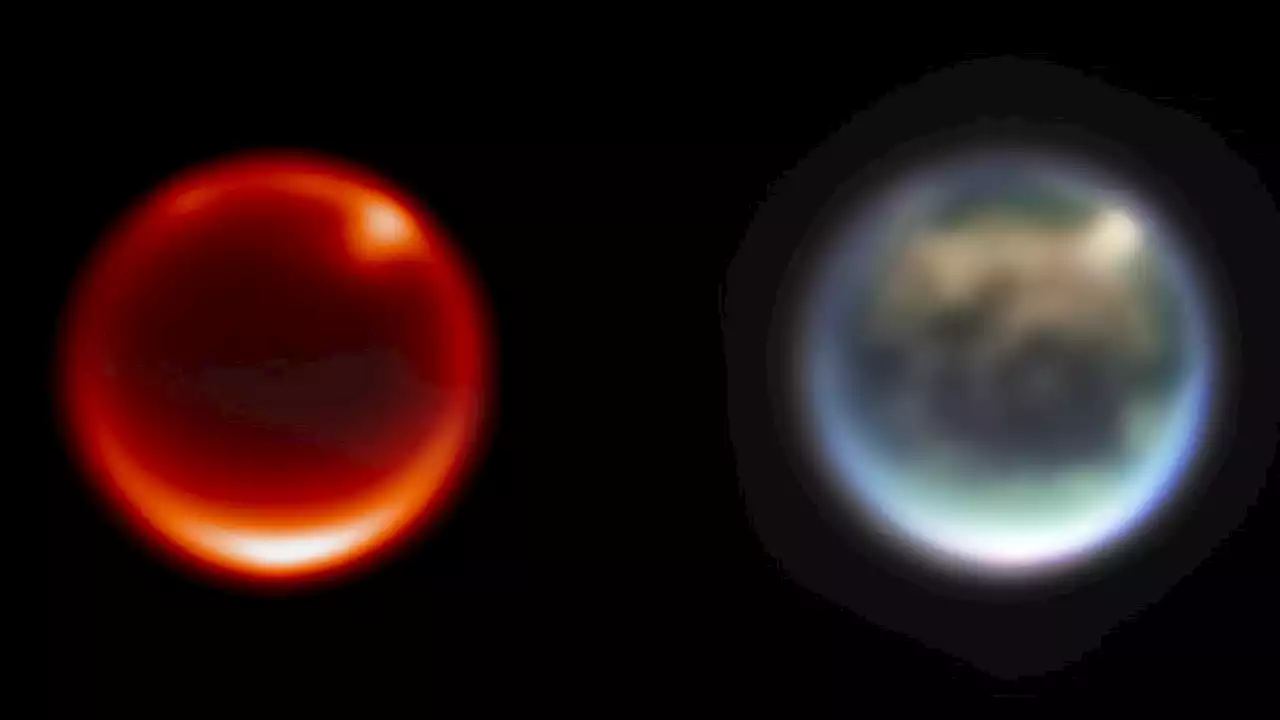Ocean plankton could suck up carbon dioxide in large quantities and bring it to the bottom of the ocean.
There’s no doubt that we have an urgent need to remove excess carbon dioxide from Earth’s environment. But how to achieve this task has science baffled.
“The idea is to augment existing processes,” said Hochella, a Laboratory fellow at Pacific Northwest National Laboratory. “Humans have fertilized the land to grow crops for centuries. We can learn to fertilize the oceans responsibly.”Currently, nutrients from the land are driven to the oceans through rivers and blowing dust to fertilize plankton. The research team had the brilliant idea of taking this process one step further to help remove excess CO2 through the ocean.
The researchers further argue that engineered nanoparticles offer several benefits: they could be highly controlled and specifically designed for different ocean environments and they could be tuned to meet the needs of specific ocean environments.A specific region might benefit most from iron-based particles, while others may find silicon-based particles more advantageous. Best of all, the materials would all be non-toxic.
United States Latest News, United States Headlines
Similar News:You can also read news stories similar to this one that we have collected from other news sources.
 Meteorites reveal how they brought space water to EarthMeteorites that fall to Earth are ancient time capsules, and scientists merging two imaging techniques could tell us if and how they brought water to Earth.
Meteorites reveal how they brought space water to EarthMeteorites that fall to Earth are ancient time capsules, and scientists merging two imaging techniques could tell us if and how they brought water to Earth.
Read more »
 Black Hole In 'Hyper-Feeding Frenzy' Chews Through Stars and Shoots Its Leftovers Towards EarthAstronomers, expecting a gamma ray burst, instead discovered an extremely distant black hole that is regularly destroy stars.
Black Hole In 'Hyper-Feeding Frenzy' Chews Through Stars and Shoots Its Leftovers Towards EarthAstronomers, expecting a gamma ray burst, instead discovered an extremely distant black hole that is regularly destroy stars.
Read more »
 Supermassive black hole devours a star, blasts its remains at EarthAstronomers discovered light jetting out from a tidal disruption event, where a supermassive black hole swallowed a star. The beam of visible light is heading towards the Earth.
Supermassive black hole devours a star, blasts its remains at EarthAstronomers discovered light jetting out from a tidal disruption event, where a supermassive black hole swallowed a star. The beam of visible light is heading towards the Earth.
Read more »
 25 strangest sights on Google EarthGoogle Earth is host to some odd images, if you know where to look for them.
25 strangest sights on Google EarthGoogle Earth is host to some odd images, if you know where to look for them.
Read more »
 NASA's James Webb makes first observations of Saturn's Earth-like moon TitanJames Webb can probe Titan's atmosphere in 'ways even the Cassini spacecraft could not.' Titan is considered a potential candidate for finding alien life.
NASA's James Webb makes first observations of Saturn's Earth-like moon TitanJames Webb can probe Titan's atmosphere in 'ways even the Cassini spacecraft could not.' Titan is considered a potential candidate for finding alien life.
Read more »
